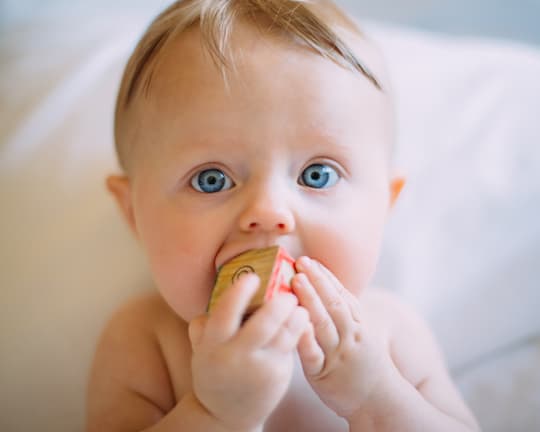Why are children so depressed? Are modern parenting practices to blame? How has children’s play been ruined?
Children may be more depressed now than ever before.
For example, children were 5 times more likely to meet the criteria for a depressive or anxiety disorder in the year 2007 than they were in 1938.
Is the cause to be found in abuse, whether emotional or physical, or are parents damaging their children through what they believe are the ‘right’ practices?
Perhaps it is changes in technology, such as screen time, or in how children play that has affected them negatively?
Maybe the world is just a grimmer place than it was in 1938.
These and more subjects are touched on in these 9 essential child psychology studies from the members-only section of PsyBlog.
(If you are not already, find out how to become a PsyBlog member here.)
- Why Children Are More Depressed Than Ever Before
- The Worst Thing About Childhood Abuse Is The Memories
- Why Parents Should Show Children Their True Feelings
- What Happens When Parents Favour One Child Over The Others
- How Reading For Pleasure Affects Your IQ
- The Personality Trait Linked To Childhood Maltreatment
- This Much Screen Time Linked To Child Development Problems
- These Parental Personality Traits Are Linked To Children’s Success
- How Modern Parenting Has Ruined Children’s Play
.









